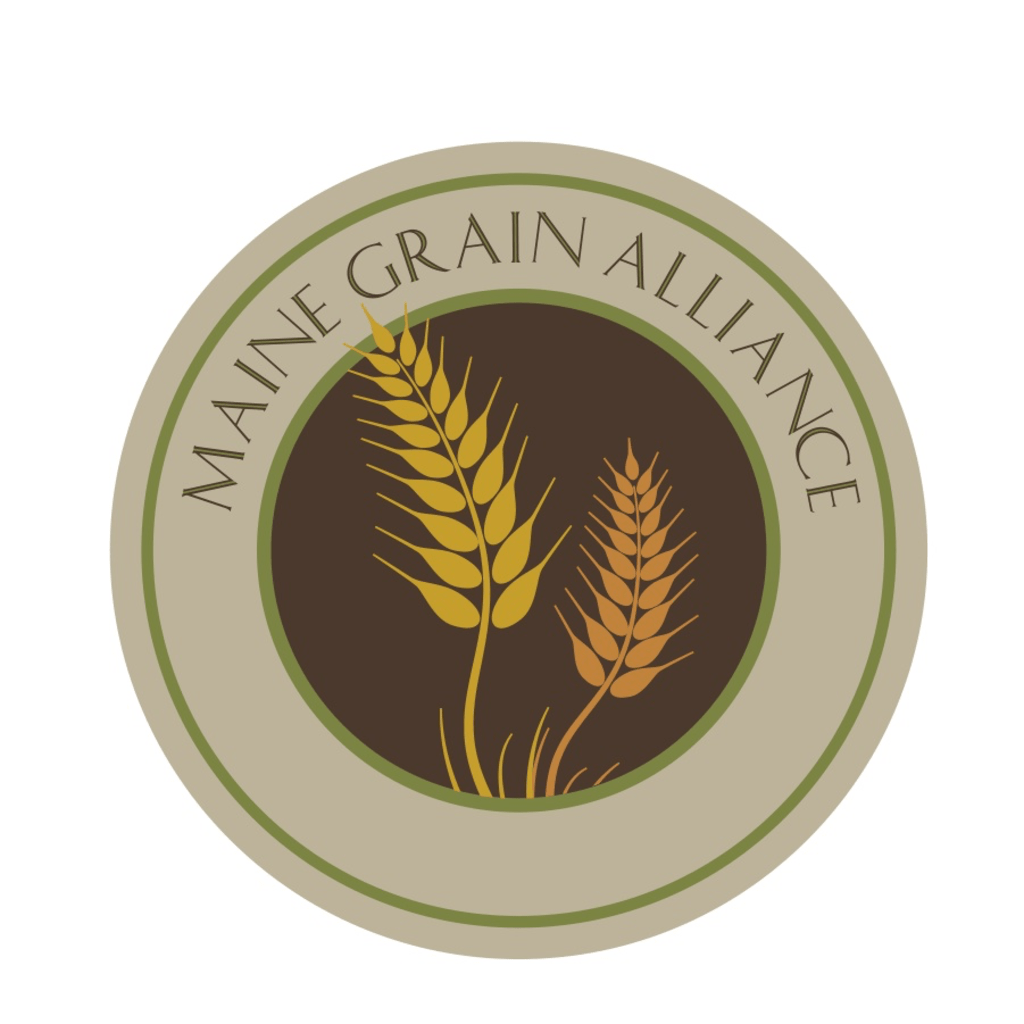Home to Sean and Sandra O’Donnell, Parkman, Maine
By Richard Roberts
Martha and I bounced our way up the dirt road and came upon a raiding party of kids on bicycles. They waved and laughed as we drove by. A nearly finished barn loomed up ahead, and Sandra O’Donnell rode up on her bike towing two toddlers in a trailer.
“Sean’s in the equipment shed, waiting for you,” she said.
We’d arrived at Rusted Rooster Farm. When I told Martha that I was going to Parkman to visit Sean and Sandra, she said she was going too. “That’s such a happy place.”
Sean was in the equipment shed working on a spiral separator he had just acquired. The farm yard is filled to overflowing with equipment not unlike any farm — but unlike most farms today, almost all the equipment here is at least three decades old … and it all works. Sean had been looking for a spiral separator — a tool that separates grain by shape — for a while. The round seeds of, say, vetch spin down the spiraling shoots of the sculpture-like machine and spin off to be collected while wheat or oats continue through.

Sean poured a bucket of wheat that had vetch in it and we watched, fascinated, as the grain spun its way round and round the spirals.
It needed some work and cleaning, but I had no doubt that it would be in tip-top shape in no time. This tool is just another step in Sean’s grain-cleaning operation. He has a cleaner and a gravity table all connected with augers that move his grain from harvest through to cleaned product in totes ready to go to the mill or to be sold for seed.
Outside the cleaning shed sat one of his latest gems: a 1950s self-propelled grain combine. It’s tiny by today’s standards — small enough to be transported easily on the back of a flatbed truck or large trailer — but perfect for Central Maine’s small grain fields. It had sat inside a barn for the last 20 years and was in pristine condition for its age. Sean seems to know where every piece of equipment is in the state of Maine. He noted that there was no cover on the exhaust pipe for the engine when he got it, and sure enough, he had discovered a mouse nest in one of the cylinders. After some tinkering he had it running and ready for harvest.

Sean had grown eight acres of Sirvinta wheat for the Maine Grain Alliance, and I wanted to see his harvest. He replanted another eight acres this year and is planning on selling the rest of the grain he grew to the grist mill in Skowhegan. With this next year’s harvest and the four acres or so planted elsewhere in the state, Sirvinta wheat should be commercially available in the next year or so.
After we talked wheat for a while, Sean took me to another field to look at some Darwin John flint corn that he is growing out for MGA’s Corn Keeper program. He has about an acre of this multi-colored heritage flint corn, grown from seed that he got from Albie Barden. Sean wants to keep enough for himself to replant next year, and the rest will be available for others to replant. Now all we need is a work party to harvest and shuck the rest of the crop. If anyone is willing to help, you can contact me or Albie.

Sean also has a crop of Floriani flint corn that he showed me growing in another field separated from the Darwin John. Unlike wheats that are difficult to cross, corn can easily hybridize and must be grown apart from other varieties.
This Floriani flint is a beautiful red color and was just about ready to harvest:

When we got back from looking at the Floriani, Sandra and Martha and the two little ones were outside the cow pen trying to get one of the cows back inside. Sean started up a tractor and parked it next to a gate he partially opened, and he and Sandra went out after the cow, leaving me and Martha and the littles by the pen.
I looked down at the pack of blue-eyed sheep dogs staring up at me. “Well,” I said to the dogs, “get going. Get that cow back up here. Do your job.”
They ignored me. Soon enough the cow came up toward us, followed close behind by Sean and Sandra, and we herded the cow back into the pen.
Sean just shook his head and said, “That cow will climb over anything.”
It was time to go, and we said our goodbyes. On the way home Martha told me about her visit to the O’Donnells’ future house site, and we compared notes about our visit to what Martha calls a “happy place.”
